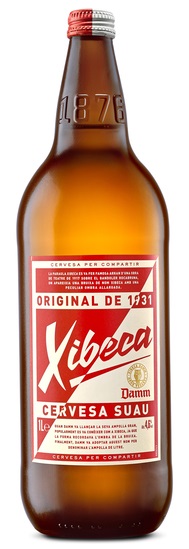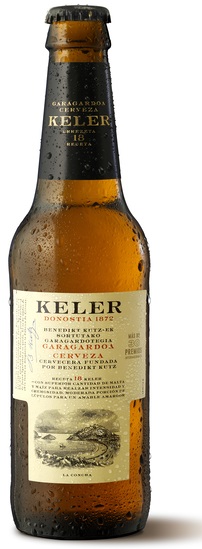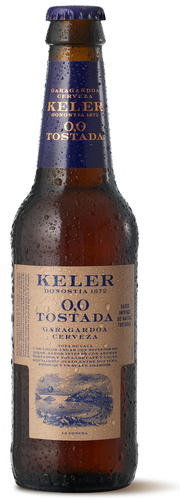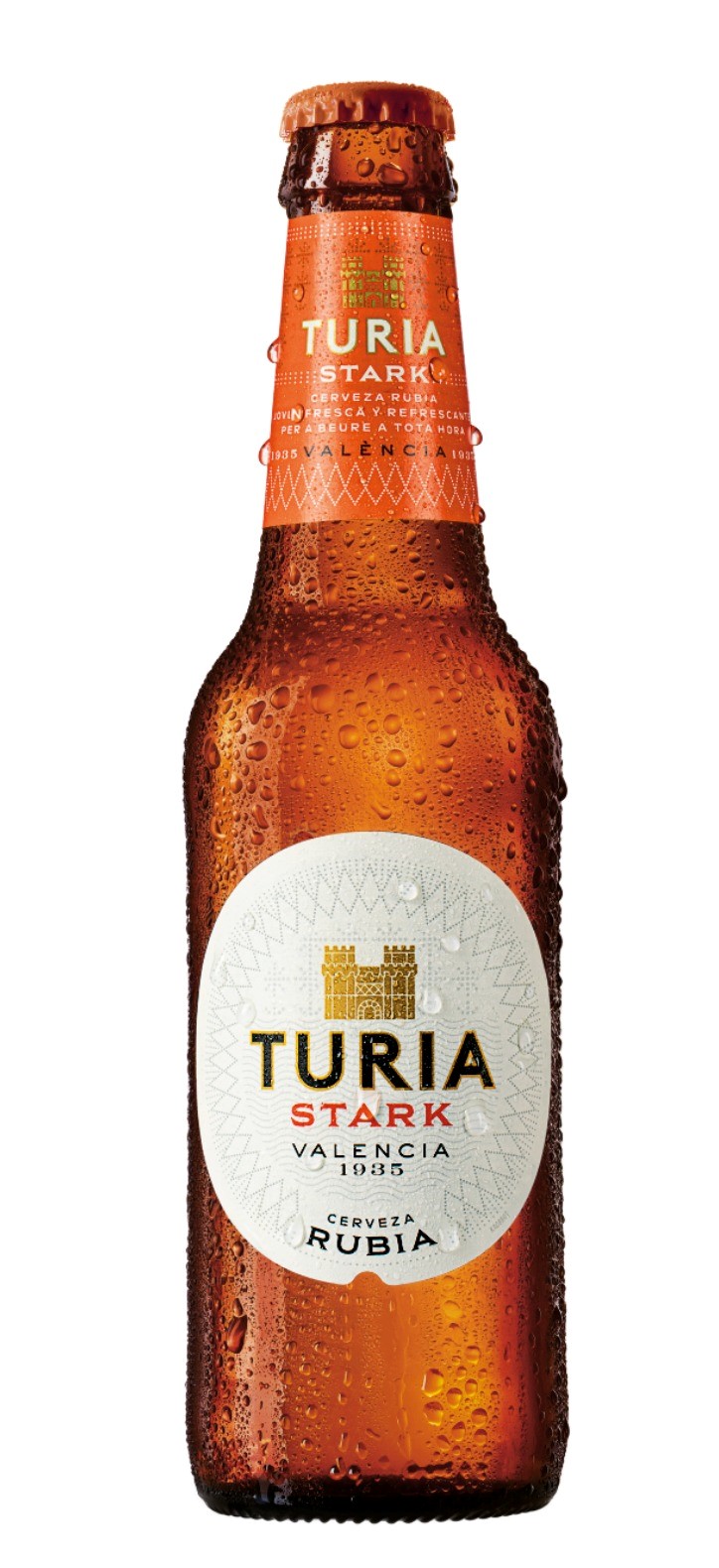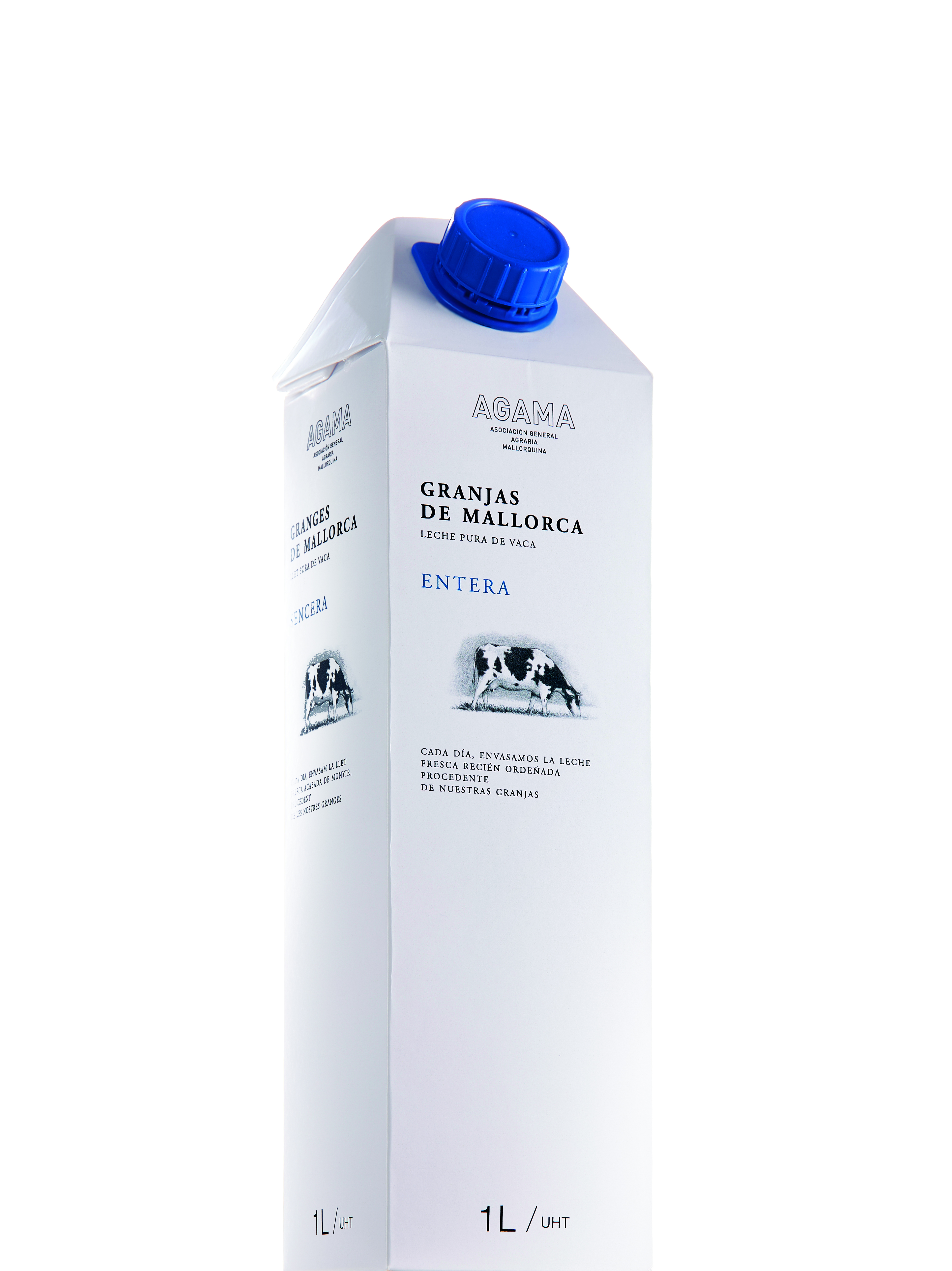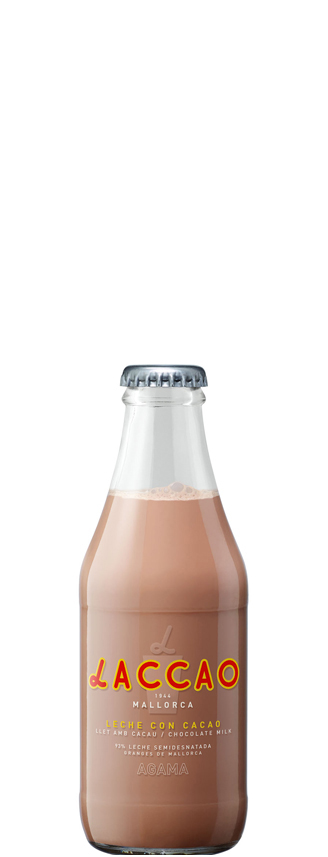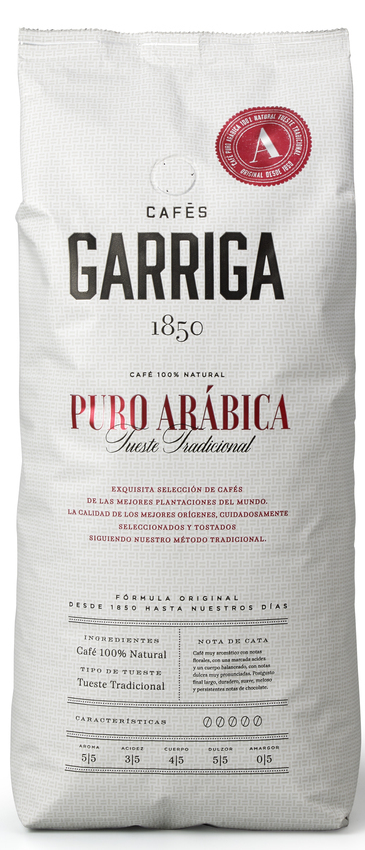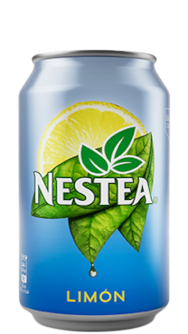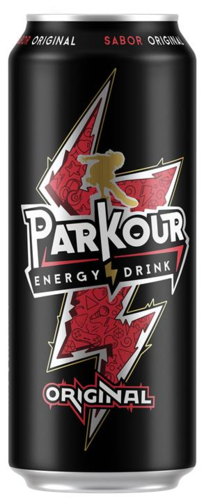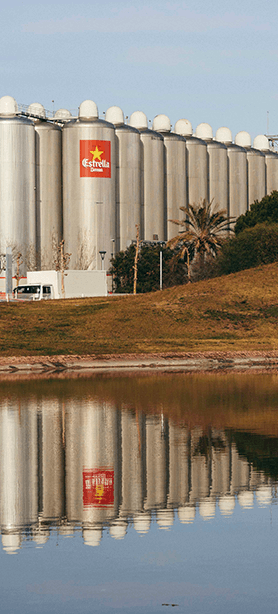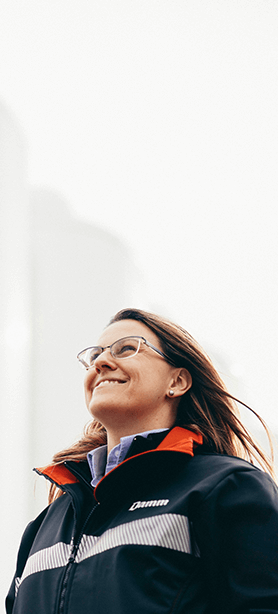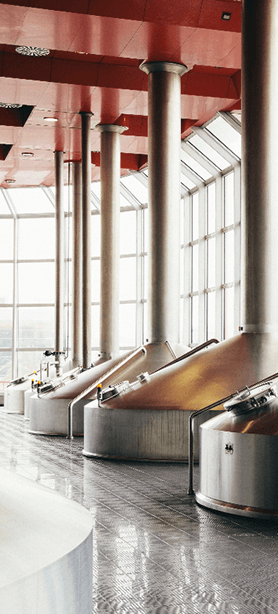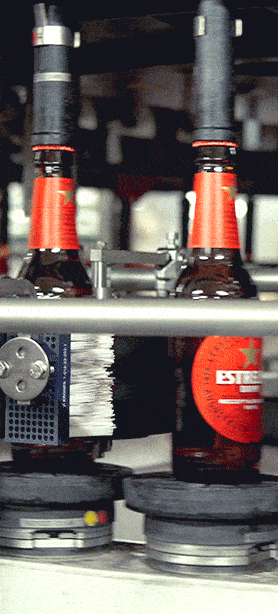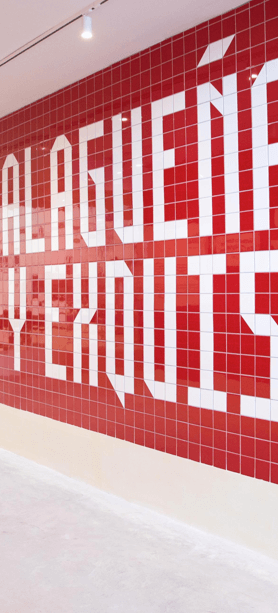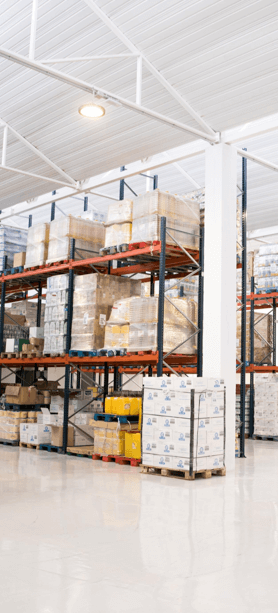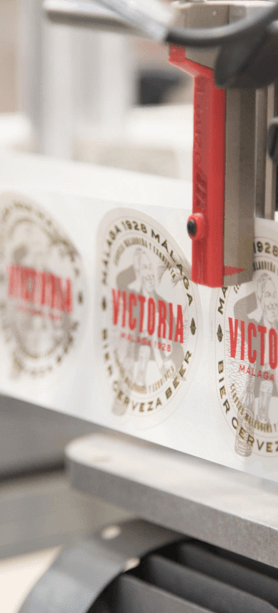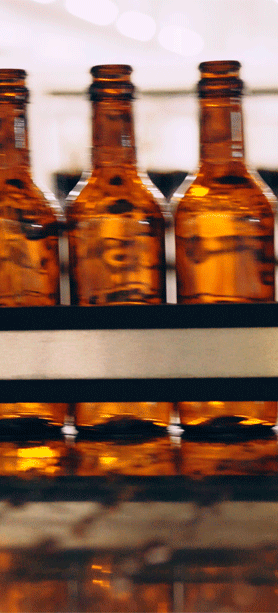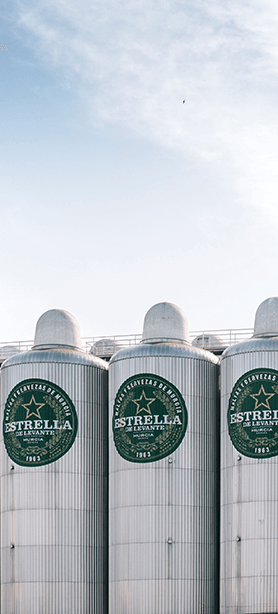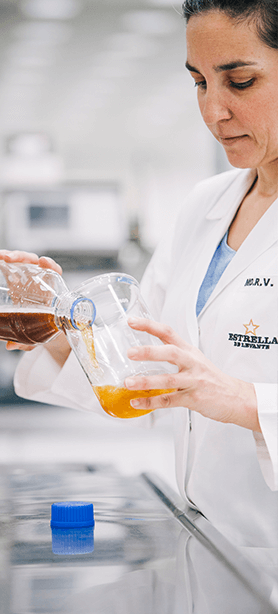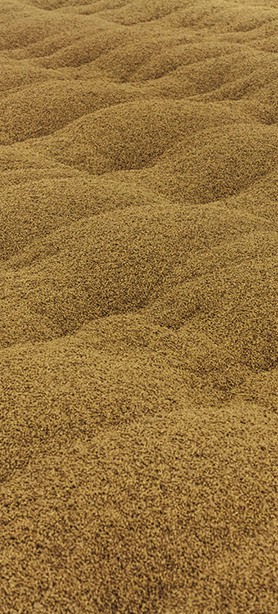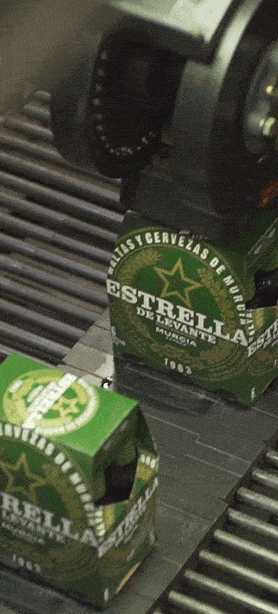Would you like learn the secrets of Mediterranean beer? Come and visit the Estrella Damm brewery and discover how we craft our beer, made 100% with natural ingredients and following the original recipe by August K. Damm from 1876.
You can also enjoy the Mediterranean flavour with a beer-tasting of Estrella Damm and other beers in our family.
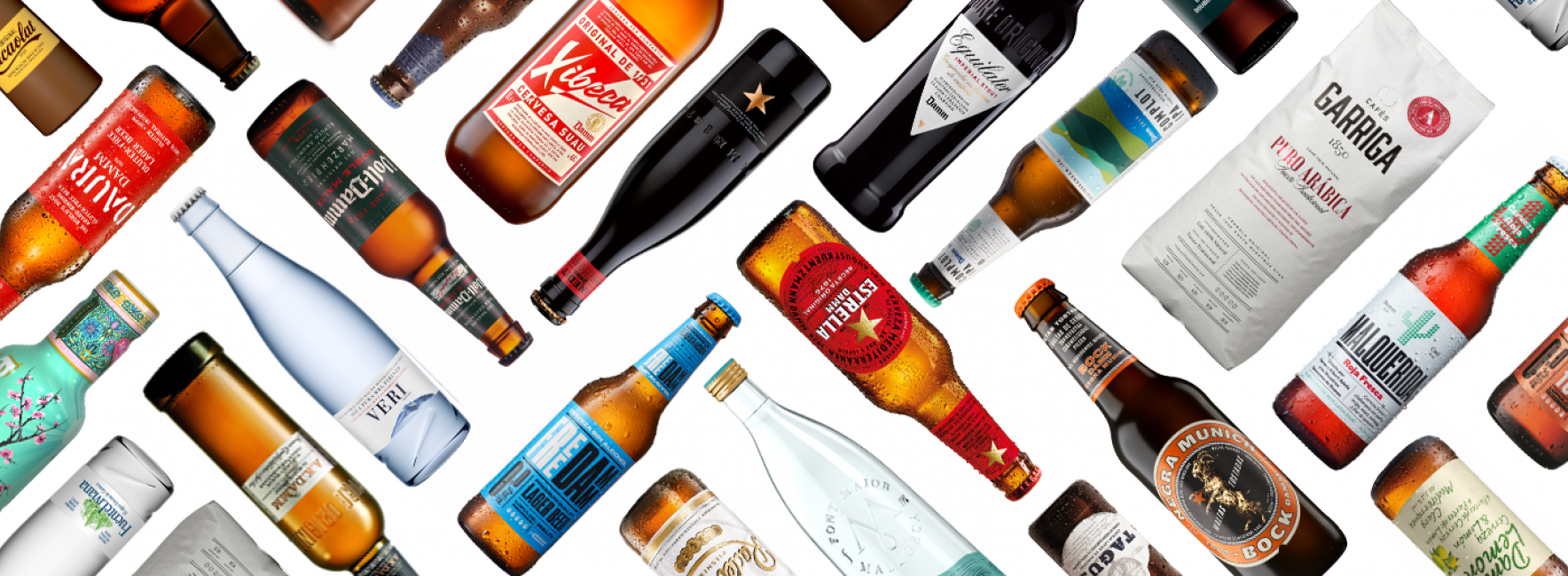
-
Coming soon

Coming soon
-
Estrella del Sur

Smooth and Fine Flavour
-
Estrella del Sur Especial

Special Beer, Sevilla 1959
-
Skol

Third World Brand
-
Tagus

Portugal Lager Beer
-
Dairy products
-
Others
Do you use any transgenic products?
Damm can certify that it does not use genetically modified organisms (GMO) in the making of its products, raw materials or auxiliary products. All of our suppliers have quality systems that are inspected regularly by external certification organisations and by Damm technicians, which guarantee and monitor the non-transgenic origin of our raw materials and products and ensure that they are free of cross contamination throughout the manufacturing and transport stages, after which they are delivered to our facilities.
Which of your beers are suitable for coeliacs?
Daura, Daura Märzen, Free Damm, Free Damm Toasted and Free Damm Lemon are our beers suitable for coeliacs. After 3 years of research, we successfully developed a process that allows us to offer a range of "DAURA Damm Suitable for Coeliacs" products. In order to guarantee their low gluten content, each batch produced is certified by the Spanish National Centre for Biotechnology (CNB) which forms part of the Spanish National Research Council (CSIC).
Why are Free Damm and Free Damm Limón alcohol-free beers?
Our Free Damm, Free Damm Amber Lager and Free Damm Limón beers have been officially classified as 0.0% alcohol by volume. We make them using the same ingredients that we use to brew an alcoholic beer, by adding yeast and letting fermentation produce alcohol naturally. Then, using an advanced technique that we call vacuum distillation, we remove the alcohol until we obtain a product that is 0.0% alc./vol.
Are Free Damm, Free Damm Tostada and Free Damm Lemon, your three alcohol free beers, suitable for pregnant women?
Yes! Our Free Damm, Free Damm Tostada and Free Damm Lemon beers have been officially classified as 0.0% alcohol by volume. We make them using the same ingredients that we use to brew an alcoholic beer, by adding yeast and letting fermentation produce alcohol naturally. Then, using an advanced technique that we call vacuum distillation, we remove the alcohol until we obtain a product that is 0.0% alc./vol. Please check with you Doctor, or other qualified health care professional.
What happens to a beer when it passes its best before date? Can it still be drunk?
Beer is a product that over time loses its organoleptic properties. In other words, its flavour and appearance start to change, as it can become cloudy and darker. This alteration can be of varying intensity, depending on the storage time, conditions and temperature. In any case, an old beer containing alcohol might have a cloudy appearance and an unpleasant taste, but it is never unhealthy for consumers, because, with beer containing alcohol, pathogenic microorganisms do not develop because of its pH, the almost total lack of oxygen, the degree of alcohol and the presence of hops. The date printed on the label is a best before date, it is not an expiry date, so you can drink a beer after the date has passed, but, based on what we have just said, we recommend that beer is consumed as fresh as possible.
What are the ideal conditions to store beer?
Keep it in a cool and dry location. Protect it from light. Keep it stored between 0 and 20ºC.
How long does it take to brew an Estrella Damm beer?
On average from 7-9 months, with the process divided into the following phases:
Barley cultivation: 5-7 months
Malt: 1 months
Making of the beer mash: 8 hours
Fermentation: 7 days
Storage: At least 2 weeks
Bottling: 2 days
You can find out all about the Estrella Damm brewing process on our website: https://www.estrelladamm.com/dia-a-dia
Sanitary registration of Damm products
You can see this directly on the website of the Spanish Agency for Food Safety and Nutrition (AESAN): https://rgsa-web-aesan.mscbs.es/rgsa/formulario_principal_js.jsp
You can also find nutritional information about our beers at: www.damm.com/nutricional
What is considered a low mineralised water?
It is considered that a water is low mineralised when the dry residue (content of mineral salts) is less than 500mg/l.
What difference is there between a natural mineral water and other kinds of bottled water?
Natural mineral waters are microbiologically healthy waters with an underground origin, which can be distinguished from other ordinary drinking waters by:
- Their natures, defined by their content of minerals, trace metals and other ingredients that they have acquired depending on the type of rocks they flow over.
- Their chemical resistance. This is confirmed by the competent authority before granting the name, by carrying out 12 regular tests over a year. This requirement means that natural mineral waters have to include a quantitative chemical analysis on the label that lists its characteristic ingredients. (in the case of bottled drinking waters, the inclusion of the chemical analysis on the label is prohibited).
- Their original purity. This is also confirmed through the aforementioned series of analytical tests.
These characteristics are maintained intact, because the underground origin of the water has naturally protected it from all risks of contamination.
What are the storage and correct use instructions for the product?
- Keep it in a cool, clean, dry location.
- Protect it from direct sunlight and strong smells.
- For your safety, the bottle should not be re-used.
- Demand that it is opened in your presence.
- Once opened, it should be stored in a cool place and consumed within two or three days of opening.
When is the best before date, and where can I find it?
The best before date printed in each batch is two years from the bottling date.
Depending on the container, you can find it:
- Glass bottles: the best before date and the batch number are shown on the back label.
- PET bottles: the best before date and the batch number will be printed by laser in the area immediately above or below the label, on the shoulder or on the base of the bottle.
Why should PET water bottles for DAMM brands not be re-used?
- The bottles for our brand have been designed to be used once (just like any other PET bottle), and have been designed to contain our brand’s natural mineral water, guaranteeing the integrity and quality of the water throughout its useful life, until the best before date.
- Any incorrect handling or use of the bottle other than for what it has been designed could lead to undesirable consequences.
Are Veri and Fuente Liviana waters suitable for low-sodium diets?
Yes. One of the most distinctive features of the excellent quality of Fuente Liviana/Veri water is its low sodium content. That is why it is especially suitable for low-sodium diets.
Are Veri and Fuente Liviana suitable to prepare children’s food?
Yes. Royal Decree 1798/2010 on bottled waters permits the mention of "Suitable for the preparation of children’s food” on the label, although it does not define the criteria based on contents.
A study commissioned by Damm and conducted by the Professional School of Medical Hydrology and Hydrotherapy of the Faculty of Medicine of the Complutense University in Madrid, following the criteria of the Spanish Society of Pediatric Gastroenterology and Nutrition, concludes that they are suitable for the preparation of children's foods.
Which are the VERI springs?
VERI natural mineral water is collected from three springs that VERI owns (VERI 1, VERI 4 and VERI 5) and although they are three different water sources they belong to the same geological unit, with similar hydrogeological behaviour and the same type of rocks, which means there is only a slight difference in terms of their water composition. The three springs are low in sodium and all have the same high Veri quality.
Where can I find the chemical composition of natural mineral water?
It appears on the labels of our products. It is usually updated approximately every five years. If you have any queries, please contact our Market Quality Department.
Where can I see the sanitary register?
Directly on the website of the Spanish Agency for Food Safety and Nutrition (AESAN): https://rgsa-web-aesan.mscbs.es/rgsa/formulario_principal_js.jsp
Discover our factories
El Prat de Llobregat

Learn first-hand how our Victoria beer is made at the modern facilities of the new brewery in Malaga. A unique experience that starts off with a tour explaining the crafting method, from the minute the ingredients arrive until the beer is bottled.
At the end of the visit you can enjoy some beer-tasting and a workshop to learn the best way to serve Victoria beer.
Visit the facilities of the Estrella de Levante. brewery. You will learn each step of the crafting and bottling process of Murcia’s most famous beer through an exhibition on the 50 years of its history.
The best comes at the end of the visit: enjoying a glass of Estrella de Levante and some snacks. Come and join us!
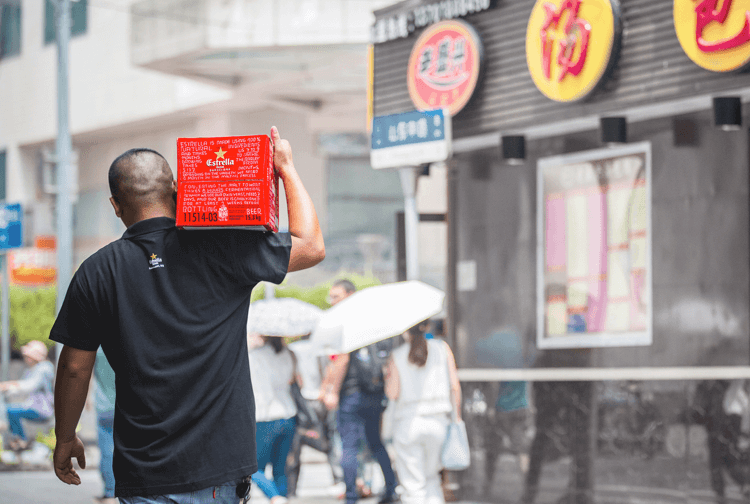
Interested in selling our products?
We are committed to your business, brining you solutions to meet your needs. Because your success is also ours.
More information












